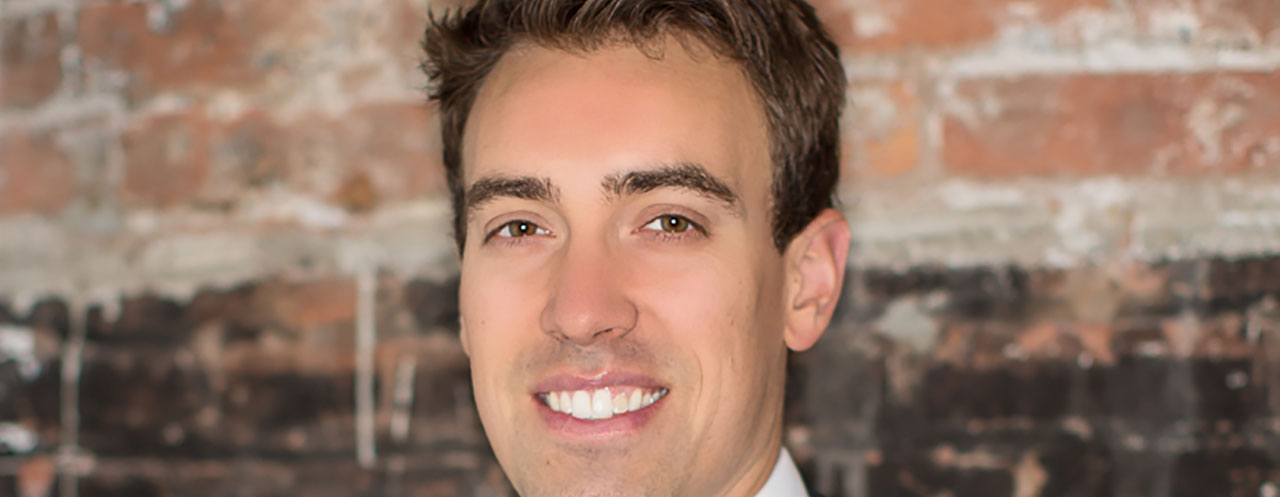After graduating from Seton Hall University with a degree in accounting, Michael Melissinos began his research into systematic trend-following while working as a junior analyst at Bear Stearns and J.P. Morgan. Both the Bear Stearns collapse and the subsequent financial crisis motivated him to challenge the traditional investing approach and try to develop something better. In 2011, four partners contributed a total of $300,000 to help Michael launch his fund management career. Today, he manages money for more than 30 individuals and institutions. You can follow him on Twitter at @mmelissinos.
How did you get involved in trading, and what path took you to where you are now?
Michael: My drive for competition and self-improvement has always been inside me. Naturally, I gravitated towards sports in my youth. Only after a serious leg injury did my sports career stall out. However, I still had the juices flowing.
After college, I started working in public accounting. Soon after I started, I got bored and knew this wasn’t me. During the non-busy season, I began reading books, articles and watching videos about trading. I came across trend following and it made sense to me. I kept digging deeper, but at the same time my frustration working in accounting became too great so I thought I’d go to Wall Street. I called my friend at Bear Stearns to help me get a job there—a non-trading job, but one that would’ve put me on the path to become a trader in a few years. I started working there in October 2007 and kept up with my trend following education during non-work hours.
Bear’s collapse and the financial crisis were the lightbulbs that made me realize that I had to go out on my own. It was during 2008 that I began building simple trend following systems and started testing them. When I was laid off in 2009, I ramped up the testing while still trying to get a job. In June 2009, I went to work at a small prop trading firm. I didn’t believe in short-term trading, but I wanted to connect with other traders and use the firm’s computers to run my tests.
After many months testing and gaining confidence, I finally got enough courage to launch my CTA in January 2011.
What are your top three requirements in a trading platform?
Michael: Ease of use, a clean and simple user interface, and cost.
Can you give us an example of how technology has changed your approach to something in life as much as it has changed your trading?
Michael: Social media has helped me address my shyness. I don’t have any brothers or sisters, and I’ve always enjoyed getting in the zone working by myself on something whether it’d be sports, testing trading systems, etc. Since launching my business, I’ve come to realize the importance of communication and building rapport with people. Also, the importance of giving away information for free. Today, people use social media to sell stuff. I use it to start conversations, connect with like-minded people and distribute my work.
Did you have any mentors and can you tell us about them and the experience?
Michael: In 2010, before I launched, I called a few veteran traders to ask for guidance. They were immensely helpful. I’ve taken their nuggets of wisdom, combined them with my own experiences and developed my own style. Also, in 2010, I joined Ed Seykota’s NYC Trading Tribe. My experience there helped me see the positive intentions of my shyness, lack of confidence and fear of failure and use them to help me execute in launching a firm. I’ve never met Ed, but his website, podcast interviews, our phone conversations and email exchanges help me a great deal.
Over the past six months or so, I’ve become friends with Jerry Parker (the famous Turtle trader) and we exchange ideas and thoughts about trading. He’s not an official mentor, but I learn from everything he says.
Do you have a specific trading event or day that you wish to share? A big winner or a big drawdown? Any particular lessons learned from that event?
Michael: In my first year, I watched the markets all day every day. I was so anxious about getting off to a good start and worrying about losing even though I did all of this research and had all the confidence in the world. It was a lesson in understanding that many people are subject to these feelings whether they have a system or not, and that they’re likely to change and abandon their system when their feelings intensify.
Another event that sticks out is the day the Swiss National Bank removed the Franc’s peg from the Euro. The Franc screamed higher overnight, and I woke up to see that my buy-stops were triggered. I recall being thankful that I was a trend-following trader and that I used automatic orders to get me out in case something crazy happened when I wasn’t in front of the computer. In early 2016, when crude oil was breaking below $30/bbl., I started getting a lot of emails and texts from friends and investors asking if I thought prices were going to $15/bbl—asking how big our short position was, how much money we’re making and so on. Being the astute systematic trader I am, I didn’t reduce my position size or move my buy stops closer to the current prices. Prices have rallied ~100% since. In my evolution as a trader, I wonder about using social cues like that to help me protect open profits better.
